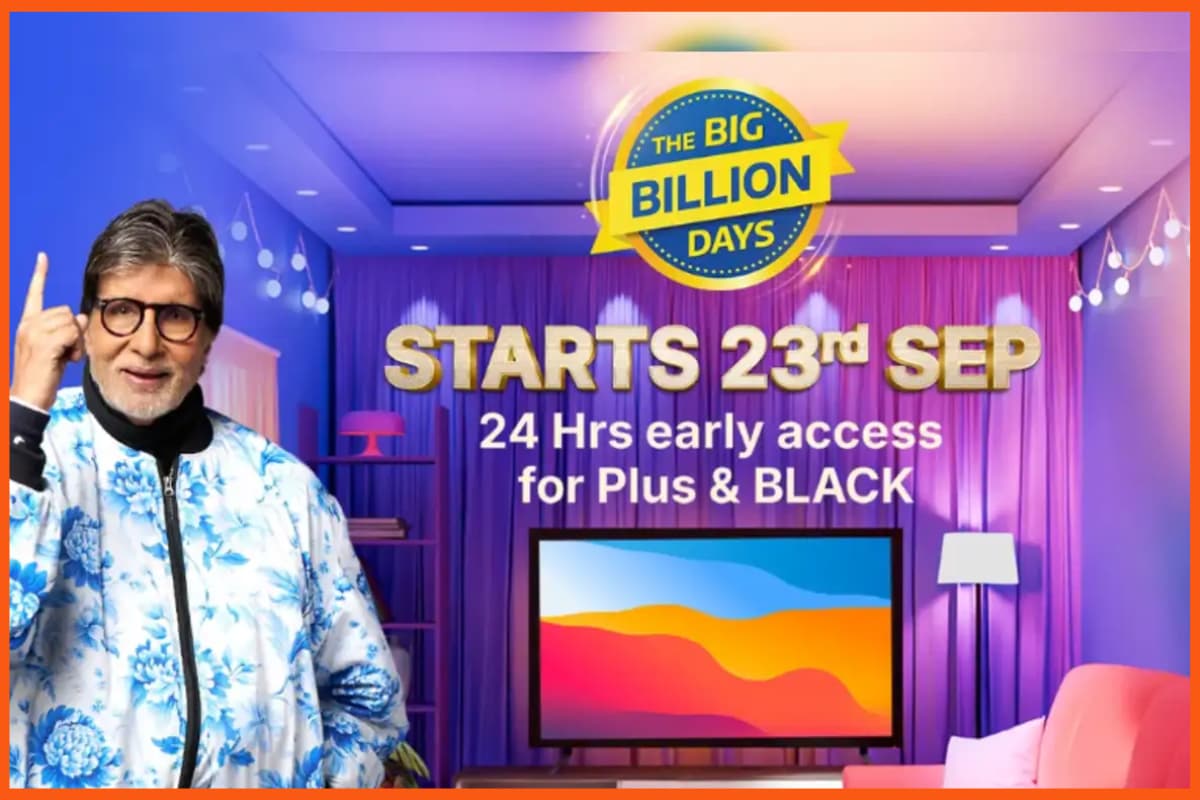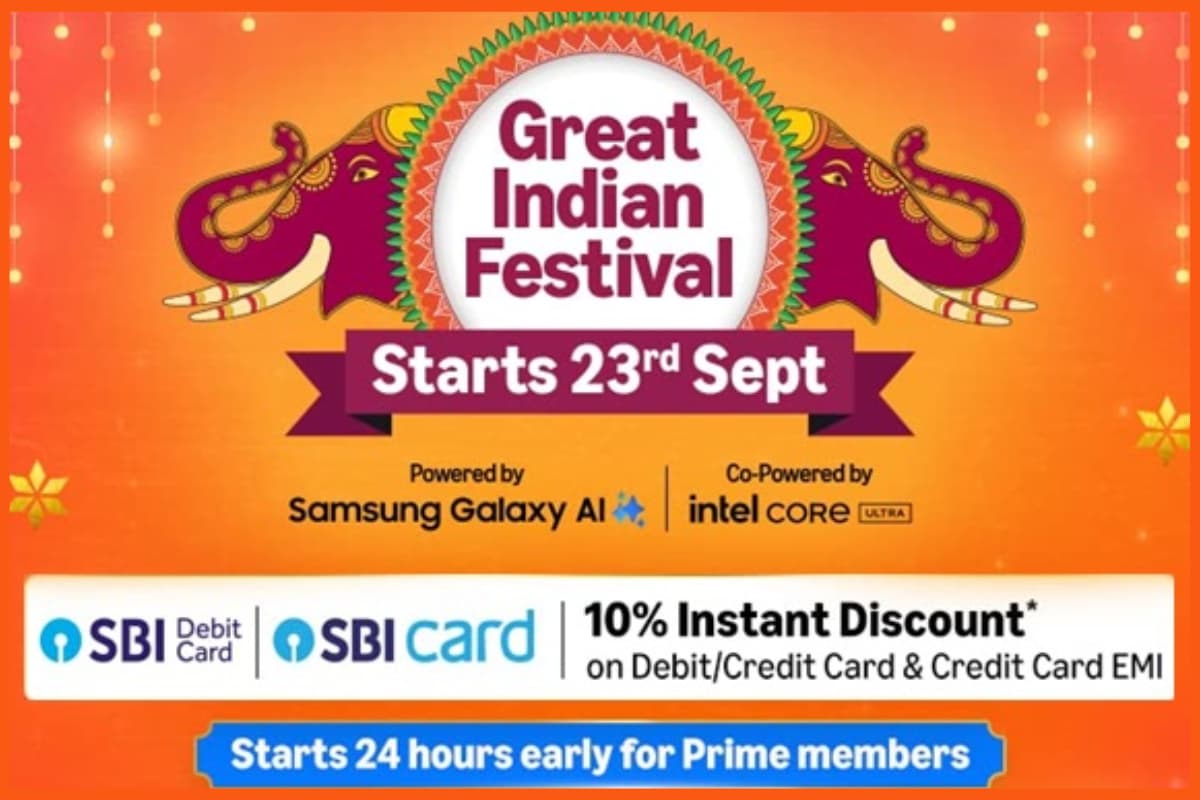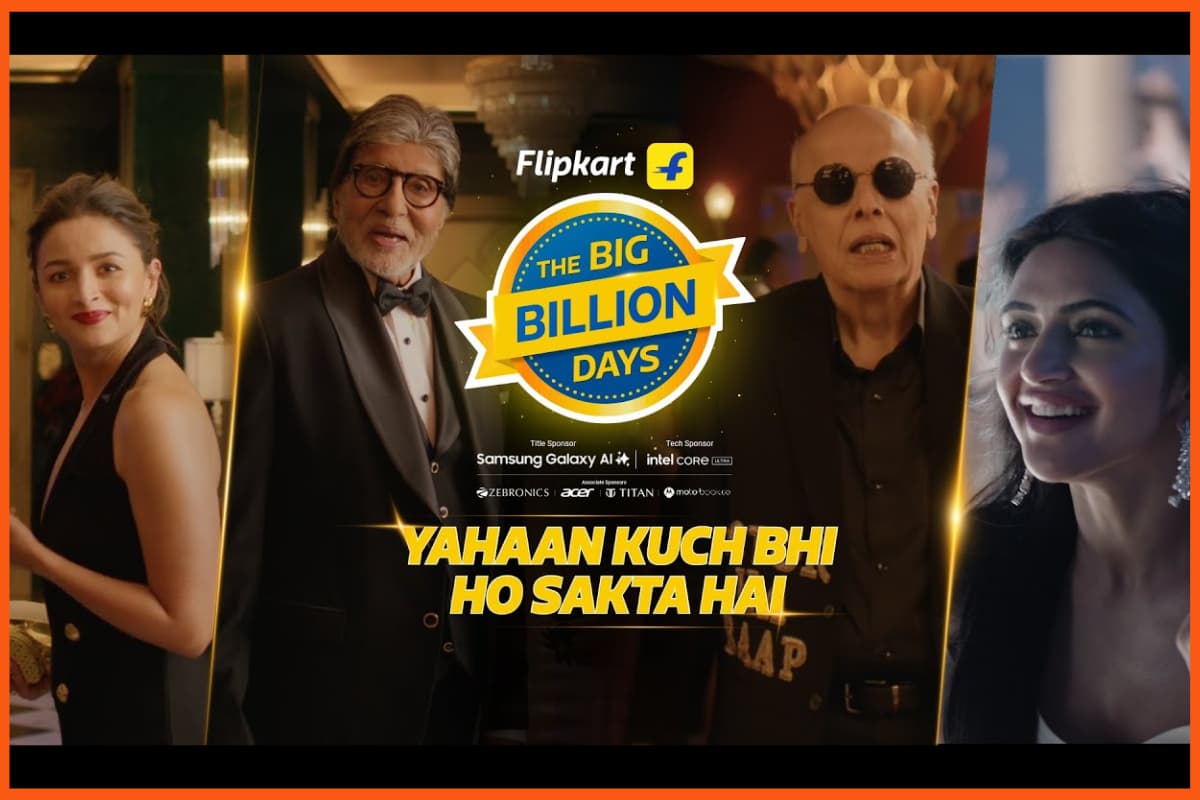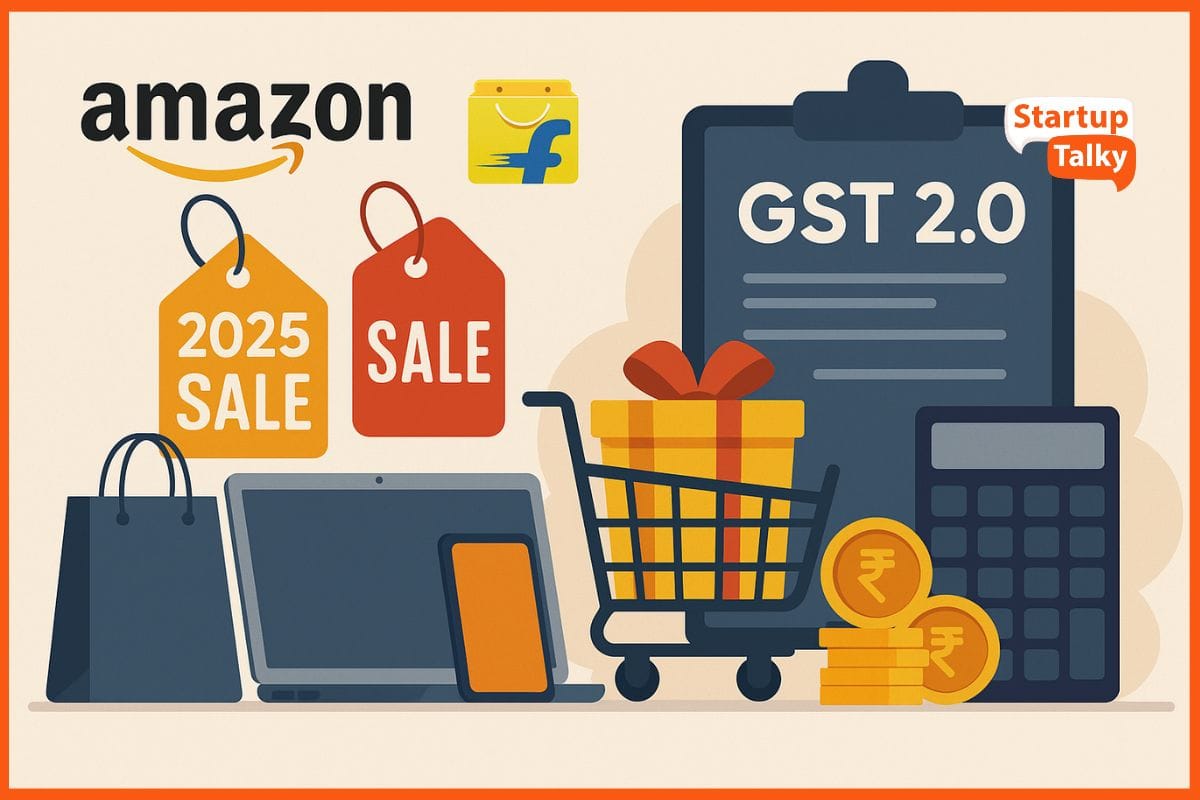From disco lights beaming to Bollywood music, the midnight before the Big Billion Day sale was undeniably a party scene in the Walmart-owned Flipkart’s Bengaluru headquarters. Costume parties to Zumba classes galore, food supply, and everything humanly possible were provided by the company to keep up the spirits of its employees to not succumb to the pressure of the sale.
This was not a regular sale. It was a sale where two eCommerce behemoths – Walmart (Flipkart) and Amazon were going to fight a big battle for the first time in India. It might be a war for the eCommerce giants, but it was a win-win situation for the consumers. Flipkart’s Big Billion Days vs Amazon’s Great Indian Sale are often contrasted and studied. This is an excellent example of two giants attempting to demolish each other for a competitive advantage.
Amazon vs Flipkart
The Great Indian Festival of Amazon was counted as the biggest sale of the year in India. However, Flipkart introduced another big sale in India to give a befitting competition to the Great Indian Sale.
Earlier, Flipkart claimed to create history by outperforming and setting new benchmarks, even though Flipkart had made its entry into the Indian market way earlier than Amazon.
The successful journey Amazon has traveled in India has been tremendous. But it does not mean that Flipkart falls behind in the race. Flipkart also has its share of popularity in India.
It is believed that there was a statement passed by Flipkart CEO Kalyan Krishnamurthy a few years back when asked about the competition with Amazon.
He replied that Flipkart is expecting a big spike in ‘Big Billion Days’ sales over last year. Do we worry about them? On a scale of 0 to 10, it is close to 0 today. We don’t see that much relevance for the Indian user coming from our competition today. We see them as becoming a global platform for premium Indian books and home goods buyers.
The Big Billion Days of Flipkart

The festival season mainly starts around September or October each year. To enhance the festive experience, the eCommerce platforms also introduce multiple sales to help.
Flipkart’s Big Billion Days has been given the tag of a festival that provides several beneficial deals to its customers. The success of Flipkart’s Big Billion Sale can be estimated from the various reports shared by its officials. The Big Billion Days of Flipkart sale starts on 23rd September 2025 with early access from 22nd September 2025 for Plus and BLACK.
One of the Flipkart spokespeople, after the event in 2023, said
Flipkart has recorded over 70% share of the entire Indian eCommerce market in the 5-day event, matching scale with global marquee retail events. Gross merchandise value (GMV) grew 80% over the last year, whereas units grew by close to two times year on year. Around 25 million people visited the platform during the period.

Here’s a Pros & Cons Comparison Table of Amazon Great Indian Festival (GIF) vs Flipkart Big Billion Days (BBD):
| Factor | Amazon Great Indian Festival (GIF) | Flipkart Big Billion Days (BBD) |
|---|---|---|
| Pros | • Wider category coverage (electronics, grocery, fashion, daily essentials) • Strong Amazon Prime benefits & early access • Aggressive bank tie-ups (esp. SBI, ICICI) • Better EMI & cashback offers via Amazon Pay • Trusted delivery & after-sales service |
• Heavy discounts on smartphones & electronics • Strong demand in Tier 2/3 cities • High GMV & customer traffic |
| Cons | • Slightly weaker in smartphone deals compared to Flipkart • GMV often trails behind BBD • Less aggressive marketing campaigns |
• Service/delivery delays in smaller towns • Limited reach in daily essentials & groceries compared to Amazon • Return/refund issues during peak rush |
The Great Indian Festival of Amazon

The Great Indian Festival of Amazon also provides a similar pattern for the festive season sale and carries several tricks within its period to offer benefits to its customers.
Amazon’s Great Indian Sale is considered the biggest online sale in India. The sale is known to give tough competition to its competitors while still maintaining its position. Great Indian Festival does provide numerous savings on each product, and we can assume this from the statement released by Amazon. The Great Indian sale of Amazon starts on 23rd September 2025 with early access to Prime members.
Commenting after the sale 2023, Amazon India Senior Vice President and Country Head Amit Agarwal said more than 80 percent of the new customers came from small towns, and we received orders from 99 percent of the serviceable pin-codes in the country in just four days.
Taglines of Amazon and Flipkart Sale
The official tagline for the Amazon Great Indian Festival 2025 is yet to be announced, as the sale is still upcoming.
While Flipkart has its tagline for its campaign- ‘Big Billion Days’ with “Yahaan Kuch Bhi Ho Sakta Hai.”

The Great Indian Festival and the Big Billion Days were both started during the festive season and have additional benefits for the Prime members. The actual date for both keeps changing each year, and the days are also not fixed for the sale period. The only thing permanent with the sale is the unlimited options to take advantage of the discounts.
While it’s not known who gained the upper hand, the two companies did use some absurd metrics to perform their role. From Mount Everest to the Empire State Building to the Eiffel Tower to International Cricket Stadiums to elephants, anything and everything but rupees.
This not only helped the companies to remain vague about the actual sales figures but also made ludicrous but otherwise interesting comparisons.

Conclusion
The two eCommerce giants, Flipkart and Amazon, have their dedicated portion of loyal customers and are still in fierce competition. There is always the chance of performing better than the other present for both platforms, and if it is to be believed, that is what keeps both of them ahead of other eCommerce businesses.
Both platforms have their marketing strategies with different types of sales to boost their sales. However, if not to be forgotten, the “Big Billion Days” and the “Great Indian Festival” are still the most popular days among shoppers.
FAQs
What is the Amazon Great Indian Festival?
The Great Indian Festival is one of the biggest online sales available in India using the eCommerce platform Amazon. It includes several discounts, coupons, and sales for customers.
Which is better Flipkart Big Billion Days or Amazon Great Indian Festival?
It is difficult to identify which event is larger. However, based on numerous industry estimates and statistics, it is widely assumed that Flipkart’s Big Billion Day is the larger of the two events in terms of both gross merchandise value (GMV) and customer traffic.
What is the Flipkart Big Billion Days?
Flipkart Big Billion Days is an online sale provided by the platform Flipkart to its customers. It is sometimes also regarded as the festival of Flipkart by its customers because of the awesome deals provided to them.
What is the date of Big Billion Days 2025?
Big Billion Days 2025 starts on 23rd September 2025 with early access on 25th September.
What is the date of the Great Indian Festival 2025?
Great Indian Festival 2024 starts on 23rd September 2024, with early access to Prime members.






